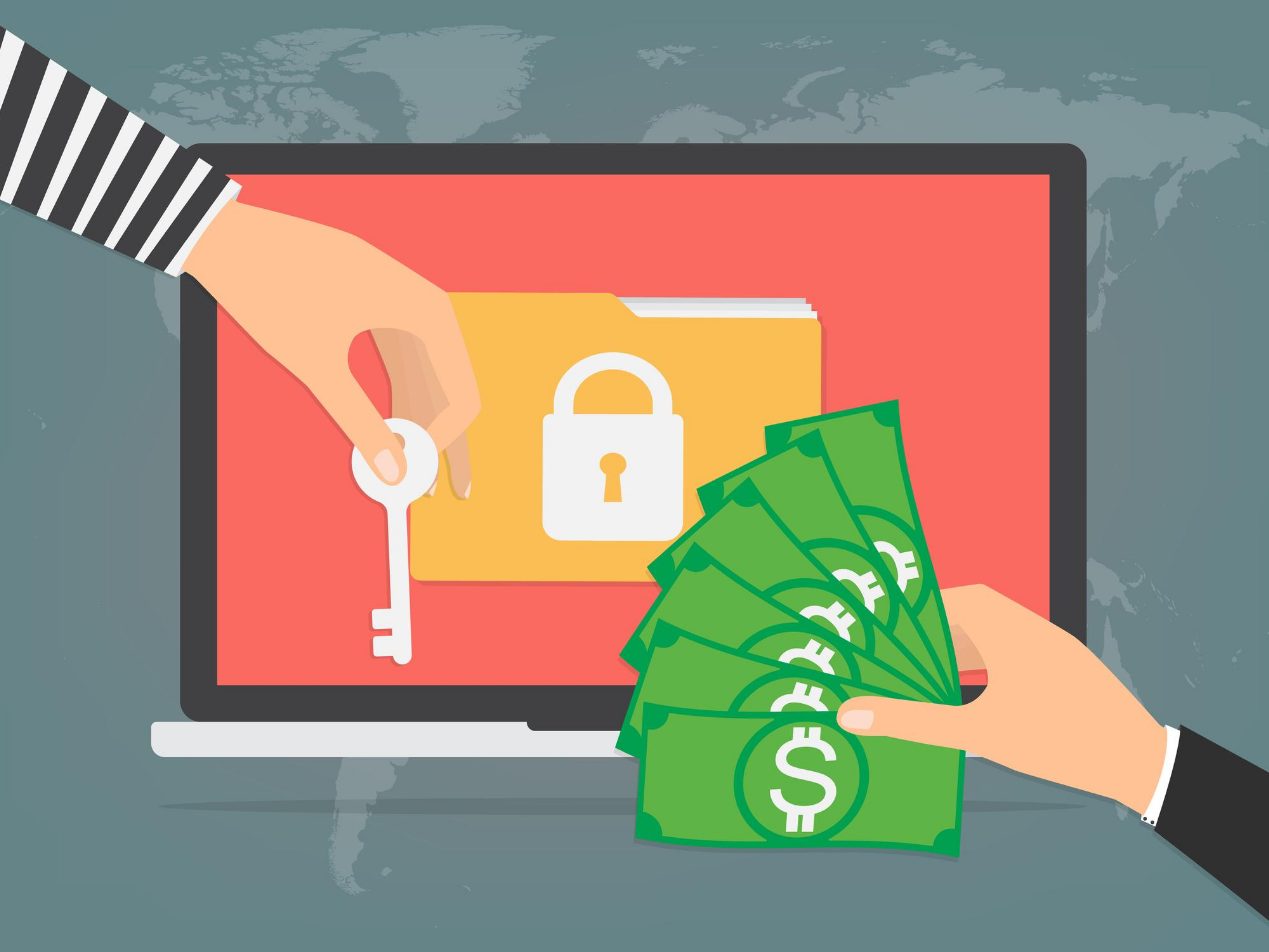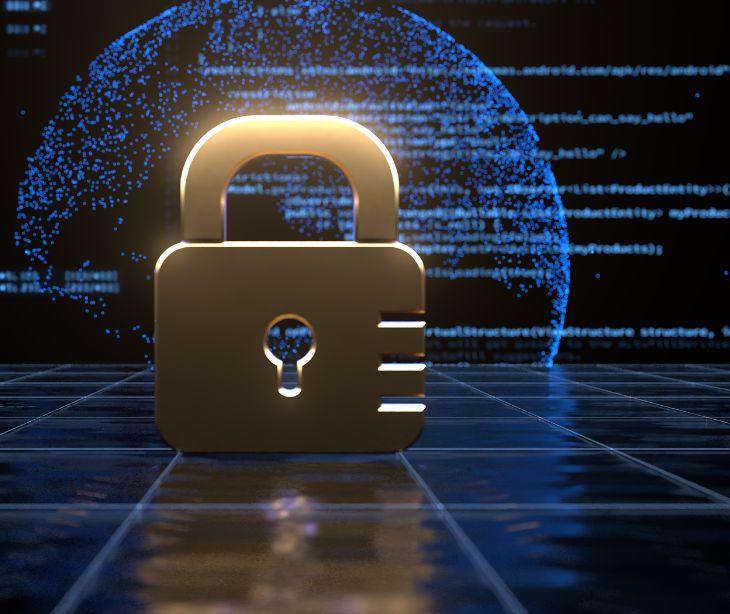2 min read
Windows was the target of 83% of all malware attacks in Q1 2020
Sara Nguyen September 28, 2020

 Windows is the most popular operating system in the world. So it’s no surprise that cybercriminals target Windows the most with malware and scams. According to AV-TEST’s recent security report , hackers got busy in 2019 and developed more than 114 million malicious software programs. The results were evident in Q1 2020 when Windows computers were the target of 83% of all malware attacks.
Windows is the most popular operating system in the world. So it’s no surprise that cybercriminals target Windows the most with malware and scams. According to AV-TEST’s recent security report , hackers got busy in 2019 and developed more than 114 million malicious software programs. The results were evident in Q1 2020 when Windows computers were the target of 83% of all malware attacks.
What else happened in Q1 2020?
AV-TEST registered over 43 million new malware programs in Q1 2020. This trend means that there are 4.2 malware programs developed every second . At this rate, cybercriminals may create 160 million malware programs this year. In total, there could be over 700 million known malware threats when 2020 ends. According to the study, trojans were the most common. They accounted for 58% of all malware. It’s easy to see why trojans are the weapon of choice. Cybercriminals can easily sneak them into emails, app downloads, and websites. Other common malware problems include viruses (13%), scripts (9%), and worms (6%).How does this affect healthcare security?
Malware looks for vulnerabilities in your security system so it can access financial information, passwords, or protected health information (PHI) . Healthcare businesses should guard against potential vulnerabilities. Even if you are not using Windows operating systems, your computer system is still vulnerable to attacks. You should always take precautions in protecting your data.How can attacks be avoided?
The first step is to ensure the security of valuable healthcare data. HIPAA compliant email , firewalls , two-factor authentication , and other security measures can protect your business from attacks. SEE MORE : Growth of Coronavirus Themed Cyberattacks Secondly, you need to train your employees to not fall for scams. Humans make mistakes, and cybercriminals take advantage of it. The global pandemic exacerbated cybercriminals relying on human error. Amidst the uncertainty, they took advantage of the situation and increased phishing attacks by 350% . SEE MORE : Coronavirus Cyberattacks: How to Protect Yourself By ensuring that your employees receive proper cybersecurity training , you close the security chain’s weakest link. Employees should understand:- Secure password strategies
- Recognize phishing scams
- How to report potential scams to IT
How can Paubox help?
Cybersecurity always needs to stay updated to protect PHI. Cybercriminals aren’t taking a break, and neither should your healthcare business. Email scams are more prevalent than ever, and it’s essential to protect your employees and patients from these attacks. Paubox Email Suite Premium provides comprehensive inbound and outbound email security services. We work with your existing email platform to ensure that your emails will always be encrypted. Our software can prevent malware and ransomware from ever reaching your inbox. Our Premium product also includes data loss prevention (DLP), which stops unauthorized employees from sending PHI to people outside of the corporate network. Our Plus and Premium levels also include ExecProtect , which protects your employees from falling victim to display name spoofing . Staying on top of your cybersecurity with Paubox will help prevent hackers from obtaining your healthcare data.Subscribe to Paubox Weekly
Every Friday we'll bring you the most important news from Paubox. Our aim is to make you smarter, faster.





